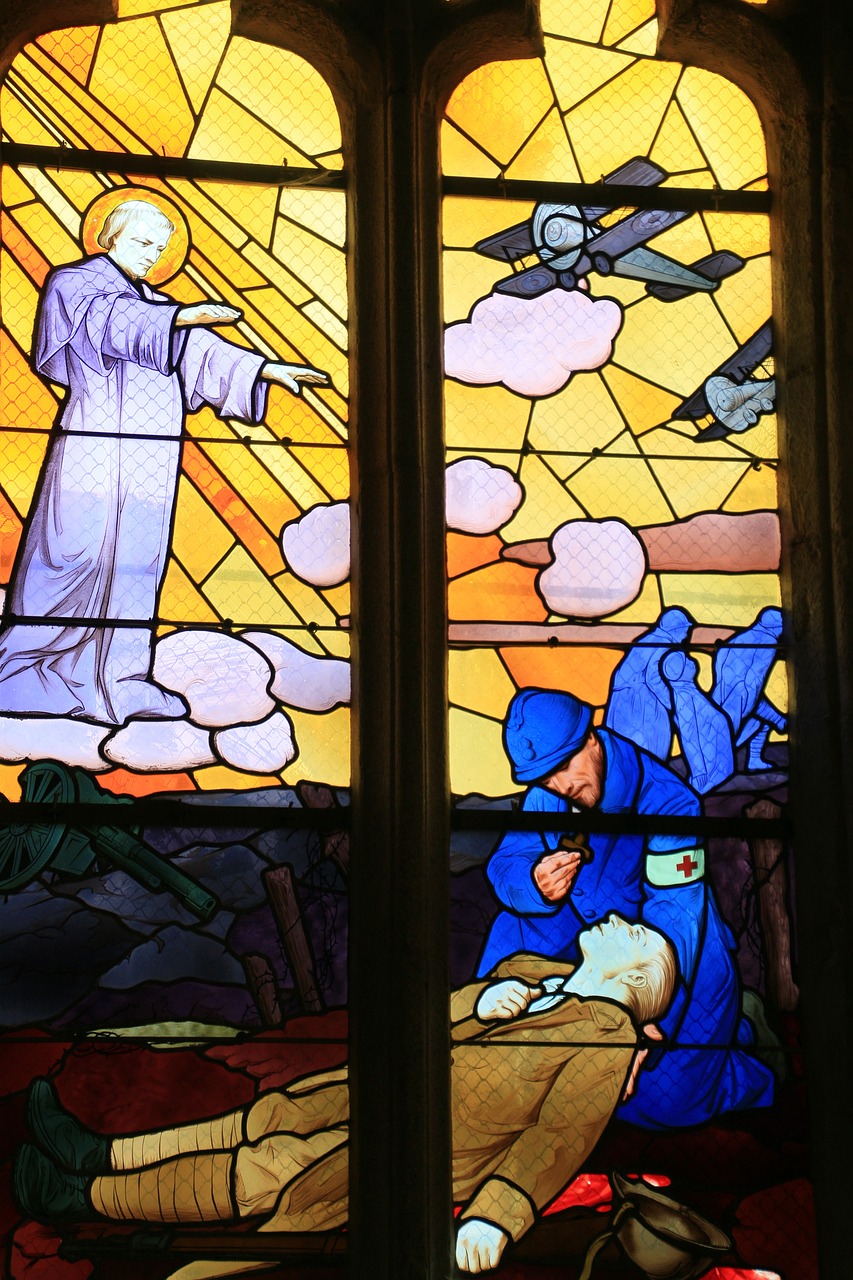Ares, the Greek god of war, holds the distinction of being one of the least favored deities among the Olympians due to his volatile nature, fierce temperament, and insatiable appetite for battle. His infamous liaisons, such as the affair with Aphrodite, his conflicts with Hercules, and the anger he provoked in Poseidon by slaying his son Halirrhothios, have defined his unflattering legacy in mythology.
Ares’ popularity grew significantly during Roman times when he was reimagined as Mars, embodying a graver aspect of warfare. His character resonated deeply in Greek artistry, highlighting the human traits sometimes attributed to gods.
Family Background
As the offspring of Zeus and Hera, Ares was brother to Hebe and Eileithyia. Despite his divine status, the Greeks often regarded him as a figure from Thrace—a region associated with a fierce, warlike populace, thus differentiating him from themselves. Ares had several children with various partners. Among them, his daughter Hippolyta, queen of the Amazons, lost a magical girdle to Hercules, while his son Eurytion had cattle stolen, and Diomedes faced the loss of his prized horses to the hero. The Amazons, known for their valor and ferocity in battle, were believed to be Ares’ descendants.
Ares was often depicted as handsome and courageous, attributes that captivated Aphrodite, despite her marriage to Hephaistos. Their union resulted in the birth of Harmonia and Eros. An amusing tale within their relationship involves Hephaistos trapping the lovers in a cleverly devised net, chronicled in Book 8 of Homer’s “Odyssey.” Ares faced repercussions for his infidelity, being temporarily exiled from Mount Olympus.
Ares is frequently described with terms like ‘city-sacking Ares’ to emphasize the ruthless and savage aspects of war.
Ares in Battle
In Hesiod’s “Theogony,” he is characterized as ‘shield-piercing Ares’ and embodies the chaotic and destructive nature of warfare, contrasting with Athena, who exemplifies tactical warfare. In various myths, Ares is often seen alongside his children with Aphrodite—Phobos (Fear) and Deimos (Terror)—as well as his sister Eris (Strife) and charioteer Ennyo.
One of the legends associated with Ares involves a confrontation with Hercules. His son, Kyknos, notorious for ambushing travelers to Delphi, caught the ire of Apollo, who sent Hercules to confront him. After slaying Kyknos, Ares sought revenge against Hercules; however, Athena shielded Hercules, leading to Ares suffering wounds in battle. Another mythology depicts Ares’ humiliating capture by the twin giants Ephialtes and Otus, who confined him in a bronze vessel for a tragic year until Hermes orchestrated his release.
The Trojan War
In the “Iliad,” Ares is a supporter of the Trojans, at times even leading them alongside Hector into the fray. His portrayal in the epic appears predominantly negative; he is referred to as ‘hateful Ares,’ ‘the man-killer,’ and ‘the curse of men.’ Notably, he finds himself bested by Athena, who knocks him unconscious, and by Diomedes, who injures him with a spear, aided by Athena’s intervention. The loud cry of the wounded Ares is described as echoing the tumult of ten thousand men. When he returns to Olympus, Zeus disregards his grievances and instructs Paieon to tend to his injuries.
Trials in Athens
Ares stirred further discord in Olympus when accused of killing Halirrhothios, the son of Poseidon, near the Athenian acropolis. A special tribunal, the Areopagos, was established to hear Ares’ case. He emerged acquitted when it was revealed that Halirrhothios had assaulted Ares’ daughter Alcippe. This incident established the Areopagus as the judicial authority for crimes of grave nature, particularly murder.
Worship and Representation
In Sparta, a city known for its militaristic ethos, Ares was revered, although he was not extensively worshipped. Some temples dedicated to him were located in Crete and various sites including Argos, Athens, and Troezen. In Thrace, where his influence thrived, Ares enjoyed substantial veneration.
Artistic Representations
Ares was commonly illustrated in Archaic and Classical art wearing full battle armor, a helmet, and wielding a shield and spear, hardly distinguishable from a typical warrior. Occasionally, he was depicted in a chariot drawn by fire-breathing steeds. The narrative of his duel with Hercules was a recurrent theme in Attic pottery from the 6th century BCE.
In Roman culture, Mars absorbed many of Ares’ traits but was portrayed with a more somber character, lacking some of the human flaws of his Greek counterpart. Mars became a father figure in Roman mythology to Romulus and Remus, the fabled founders of Rome, thus elevating the city to a revered status akin to that of Athena in Athens, with March (martius) named in his honor.



